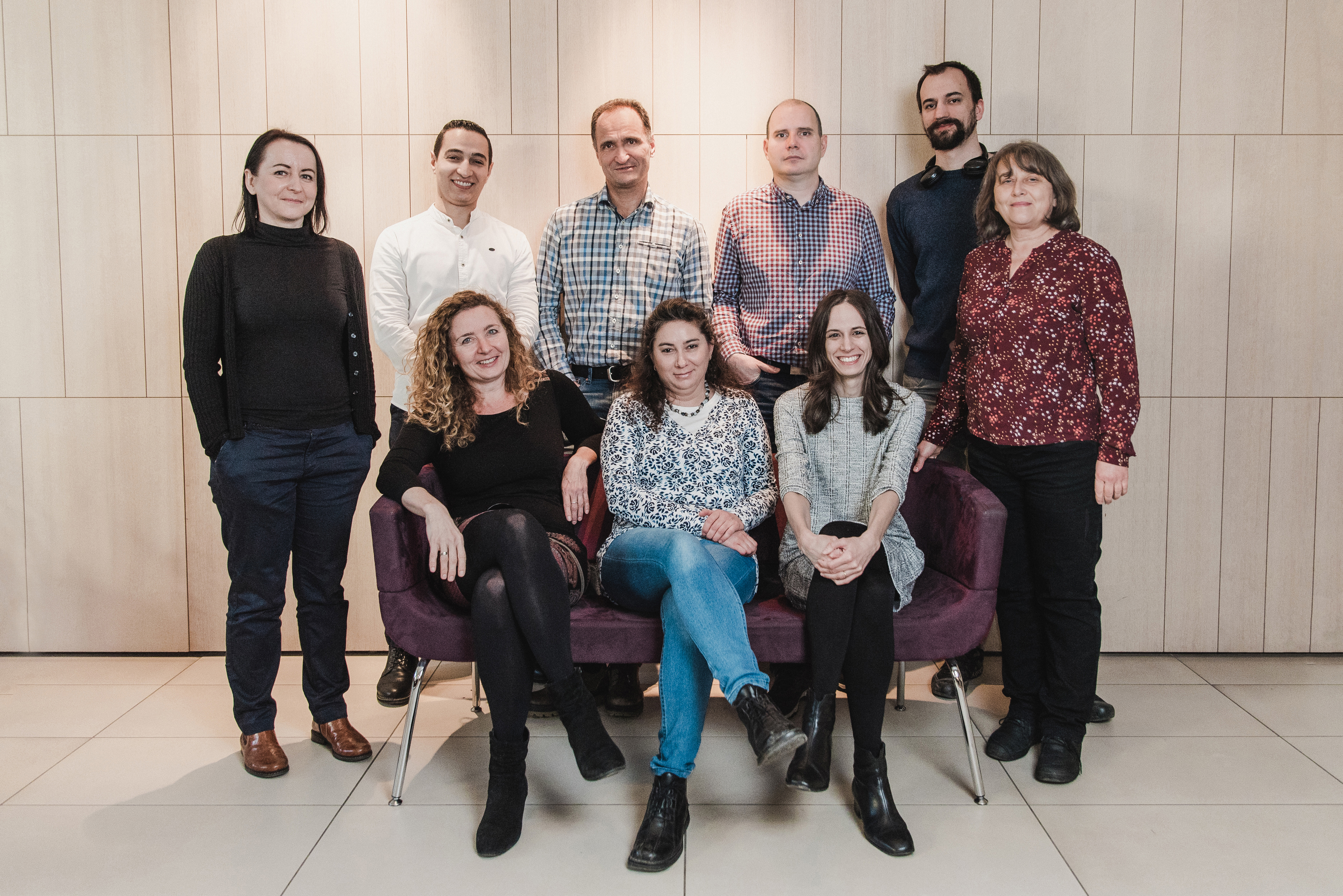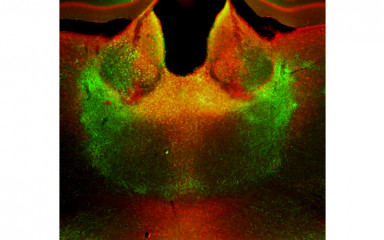About us
The main interest of the Laboratory of Cellular Neurophysiology is understanding the operation of neuronal networks of the central nervous system, with a special focus on understanding the molecular, functional and structural diversity of nerve cells and their chemical synapses.
The main function of nerve cells is to integrate thousands of incoming synaptic inputs and convert them into a series of action potentials (outputs). Accurate characterization of this seemingly simple process is essential for understanding how neuronal networks function and how their function is altered in CNS diseases. This challenge is greatly complicated by the fact that each neuronal network consists of many different types of neurons, which perform input-output transformation in different ways. In addition, the input synapses also show large functional diversity, increasing the computational power and stability of the neural networks, but further complicating our work.
Our laboratory focuses on examining the functional and structural diversity of the neurons of the rodent hippocampal neuronal network and the synaptic connections between them. To this end, we use in vivo two-photon scanning microscopy to investigate the function of neurons in the CA1 region of the hippocampus in head-fixed mice that behave in virtual reality. Following the in vivo imaging of the neuronal network and nerve cells, in vitro physiological, then post hoc cellular and molecular neuroanatomical experiments are performed to characterize the in vivo imaged cells and their synapses. The aim of our work is not only to describe functional diversity of neurons and synapses, but also to understand the molecular mechanisms underlying the observed diversity. This is also essential to be able to specifically modify the function of e.g. different synapses using modern transgenic methods to understand their roles in network function and animal behavior.







